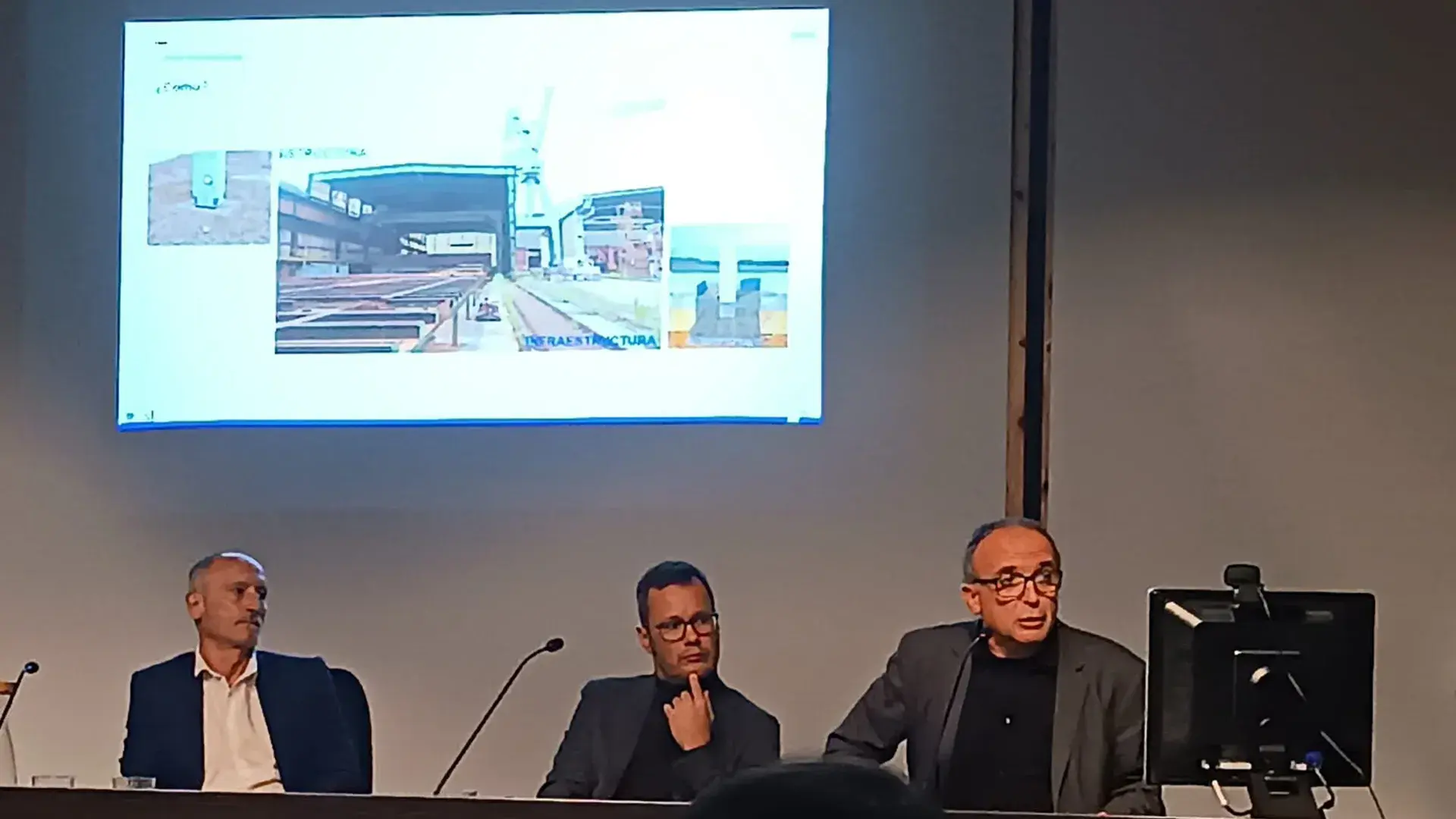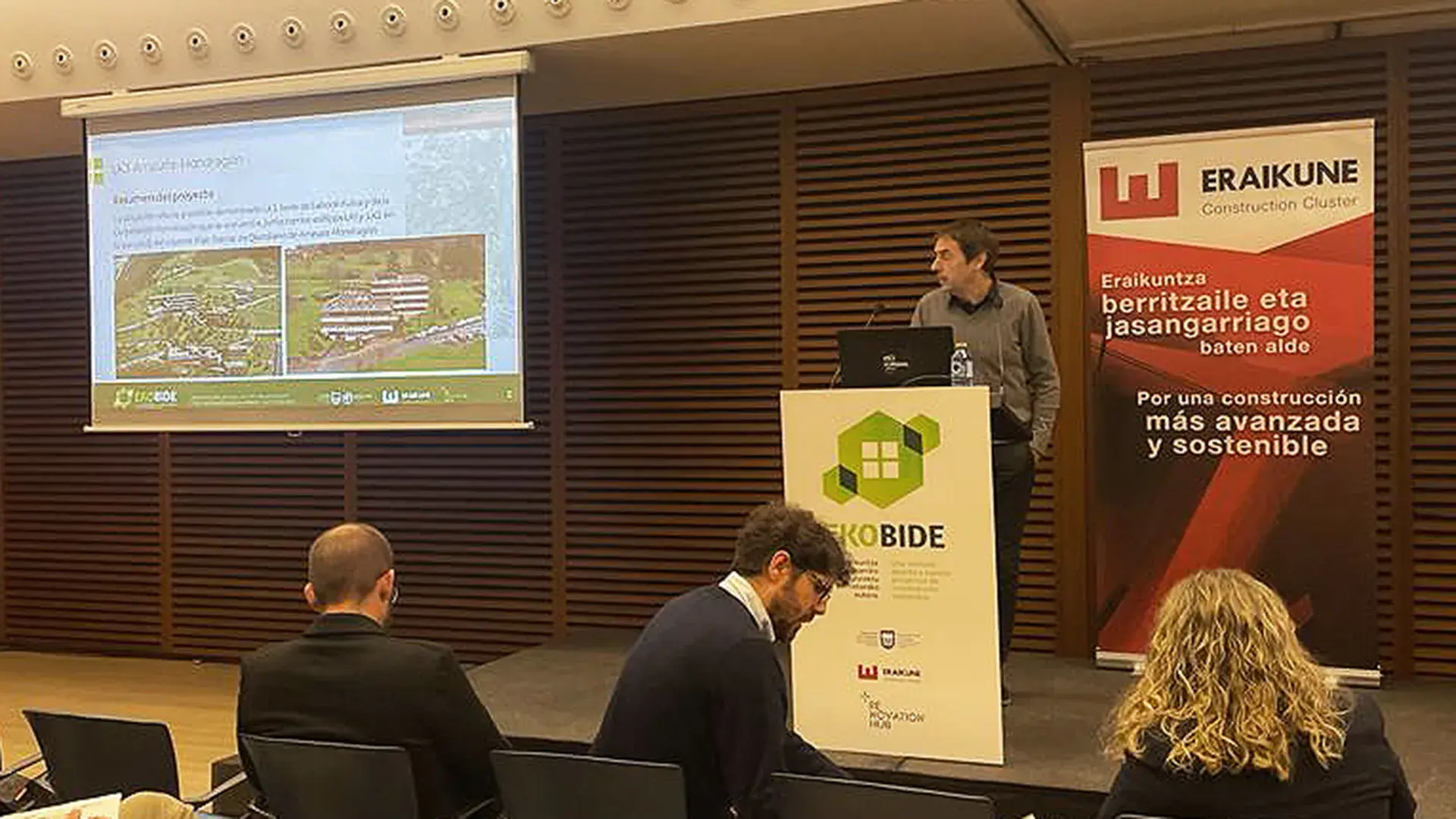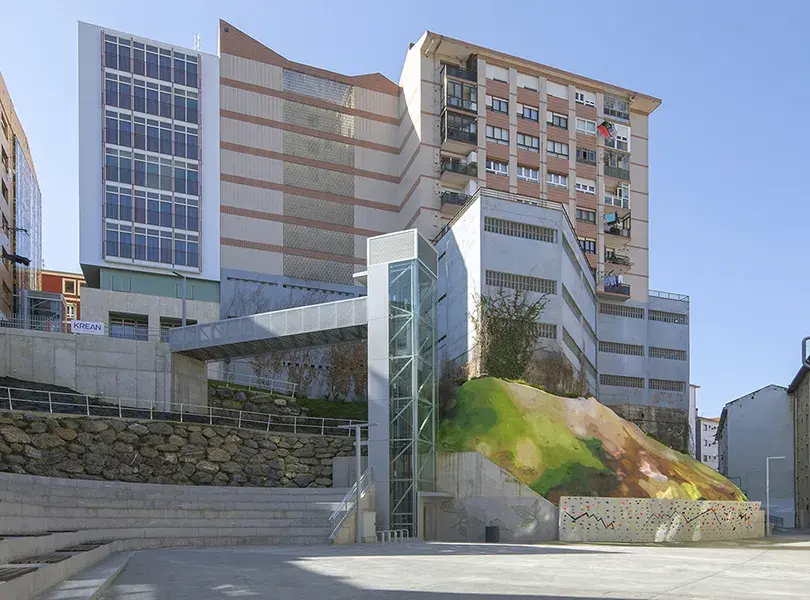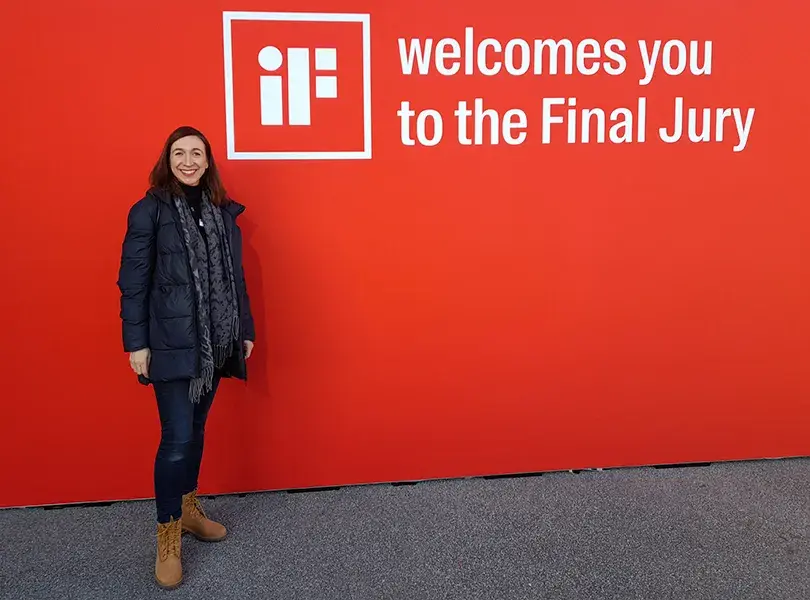On 15 November, Javier De la Fuente, architect at KREAN, was invited as a speaker at the Ekobide conference organised by Eraikune at the Kursaal Palace in Donostia-San Sebastián, and José Ignacio Martínez, also an architect at KREAN, gave a paper at the conference on circular transition in the construction sector, organised by the Basque Circular Hub in Vitoria-Gasteiz on 16 November.
Ekobide conference
Held in the Kursaal building in Donostia-San Sebastián, it is part of the first phase of a project, Ekobide, carried out by ERAIKUNE, the Basque Construction Cluster, together with the Provincial Council of Gipuzkoa. The aim of the project is to promote an ecological and fair transition in the business network of Gipuzkoa through the dissemination of examples of good practice. This objective is intended to be materialised in a travelling exhibition linked to the construction industry sector, in terms of energy, urban resilience and sustainability.
KREAN was invited to participate in this event and Javier de la Fuente presented the integral refurbishment project of the LK3 building of Laboral Kutxa and the strategies implemented to obtain BREEAM NC and WELL certifications. This project intertwines the concept of cultural identity of the building and users with nature, circular economy, automation and sustainability.
Circular Hub Vitoria-Gasteiz
As part of the conference held by the Basque Circular Hub Vitoria-Gasteiz on circular transition in the construction sector at the Vitoria-Gasteiz City Council offices, KREAN was invited to present its vision of how the circular economy can be promoted through projects and design. The construction sector has the greatest impact on the consumption of natural resources worldwide. In Europe, it is responsible for 50% of the consumption of extracted materials, 35% of the waste generated, and between 5 and 12% of greenhouse gas emissions. The EC estimates that 80% of these emissions could be saved through material efficiency measures.
José Ignacio Martínez developed the idea that what we build has to be circular (recyclable, dismountable, reusable, relocatable) and what cannot be, has to become an infrastructure, i.e. adaptable for future use, because it will stay there forever. After all, a straight line is also circular, although its circumference has an infinite radius. The responsibility of the designer was emphasised, who, by elaborating the construction detail, can make a building element an infrastructure or a structure. The presentation extended to the globality of KREAN's experiences, including those that could have been and remained in projects. To conclude, he highlighted the importance of the technicians' care in the drafting of budget items as a fundamental tool for implementing circularity in the result of their work.




